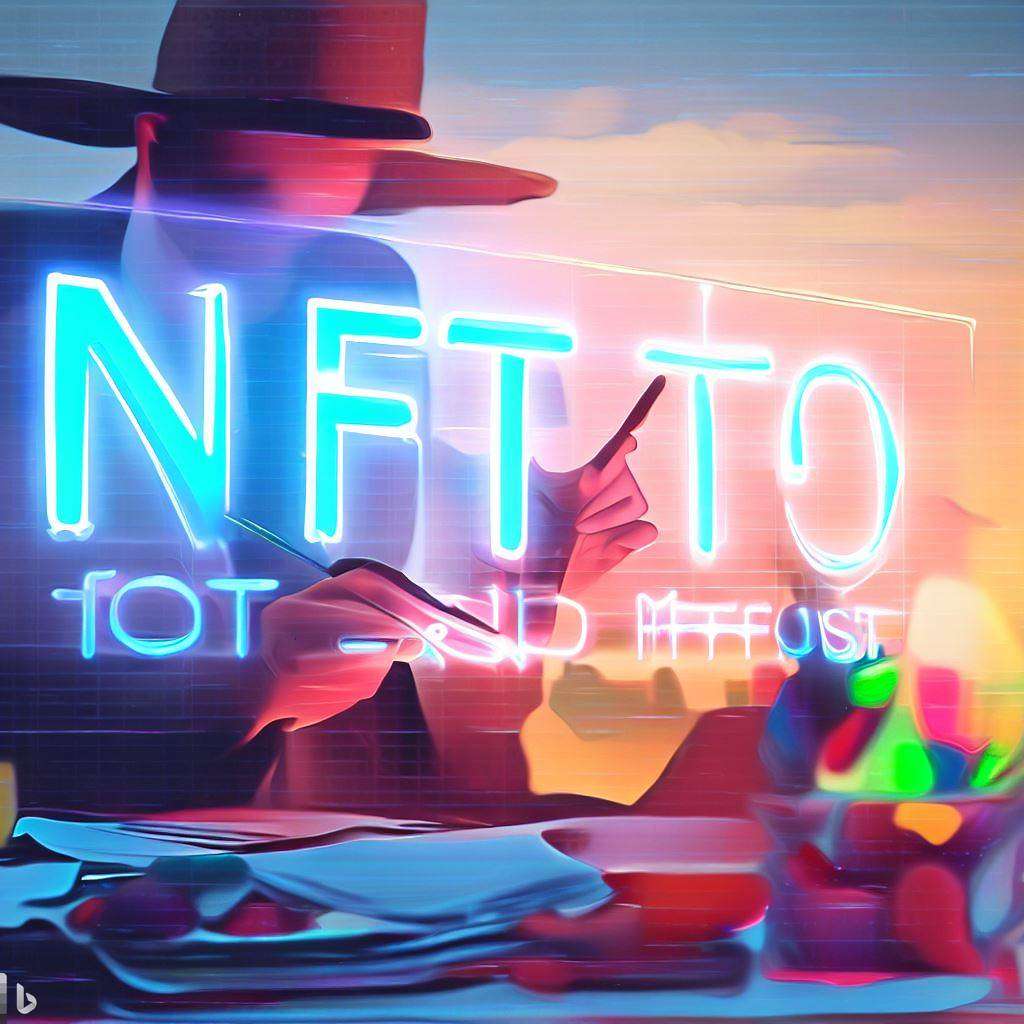
In a significant development within the realm of digital collectibles, recent data highlights a notable transformation occurring in the Non-Fungible Token (NFT) market. This evolving landscape is marked by a considerable decline in both transaction volume and prices across various NFT projects, with some reporting double-digit losses.
Renowned blockchain analytics platform Nansen has provided insights that reveal even the highly regarded “blue chip” NFTs have not escaped the effects of this market shift. These esteemed NFTs have experienced losses of up to 25%, signifying a substantial decrease in their market value. This trend draws parallels to a period reminiscent of the market conditions witnessed back in April 2021.
Merely a month ago, the aggregate sales volume for NFTs reached an impressive $465 million, showcasing a significant 23% drop from the preceding month of June. This decline perpetuates a trend that has spanned five consecutive months, commencing from February when the market achieved a remarkable pinnacle of $1.2 billion in sales. This shifting market sentiment is attributed to the evolving bearish outlook that has gradually shaped the industry, as discerned from insightful data compiled by CryptoSlam.
The transformation in consumer preferences within the NFT sector is evident in the average price of NFTs, which has experienced a discernible dip, descending to an average of $47. This shift has notably impacted the once-thriving blue-chip assets disproportionately. These assets, traditionally revered by collectors and investors alike, have borne the brunt of the market adjustment. While the sales figures have plummeted, the decrease in transaction volumes remains relatively moderate. This dynamic suggests a multifaceted alteration in the market’s fundamental dynamics.
The NFT market’s recent trajectory marks a stark contrast to the exuberance witnessed during its earlier phases. NFTs, representing ownership of unique digital assets on the blockchain, gained significant traction for their perceived scarcity and collectible value. As artists, musicians, and creators flocked to release their work in NFT form, the market experienced an unprecedented surge in activity. Prices soared, and collectors clamored to acquire these distinctive digital tokens.
However, recent trends have signaled a perceptible shift in market dynamics. NFT prices, once ascending to astronomical heights, are now undergoing a correction. Various NFT projects are grappling with diminishing prices, some of which have encountered losses exceeding 10%. The market downturn is not confined to lesser-known projects; even the highly esteemed “blue-chip” NFTs, long seen as a safe haven for collectors, are navigating a challenging period.
Nansen’s insights underline the breadth of this transformation. The traditional stalwarts of the NFT market, the “blue-chip” assets, have witnessed a considerable decline in value, mirroring the setbacks experienced during the notorious April 2021 market slump. This serves as a reminder that NFTs, like other investment assets, are not impervious to market volatility.
Statistics compiled by Nansen shed light on the scope of this market evolution. Just a month ago, NFT sales reached an impressive milestone, raking in a cumulative $465 million. Nonetheless, this achievement was coupled with a sharp 23% drop in sales compared to the preceding month. This decline represents the continuation of a trend that began its course back in February. The initial peak of $1.2 billion in NFT sales marked the sector’s zenith, but the subsequent months saw a gradual erosion of this figure.
The catalyst behind this transformation in the NFT market remains the evolving bearish sentiment that has cast a shadow over the industry. Data from CryptoSlam supports this interpretation, providing evidence of changing market dynamics. However, the market’s complexity is evident in the modest decrease in transaction volumes, despite the sharp decline in sales figures. This could imply that a broader recalibration of market participants’ strategies and expectations is underway.
Central to this transformation are evolving consumer preferences. The average price of NFTs, which has undergone a noticeable descent to $47, reflects the changing mindset of buyers and collectors. The once-reliable blue-chip assets have not been immune to this shift; they are grappling with a decline in value, signaling a broader trend that extends beyond individual projects.
In conclusion, the NFT market is undergoing a substantial transformation characterized by diminishing prices and transaction volumes. Even the revered blue-chip NFTs are grappling with losses, emphasizing that the market’s landscape is evolving. The decline in sales figures, coupled with a modest decrease in transaction volumes, underscores the multifaceted nature of this shift. As the NFT market navigates this transformation, participants and observers alike are closely watching how the industry adapts to these changing dynamics.


Get the latest Crypto & Blockchain News in your inbox.